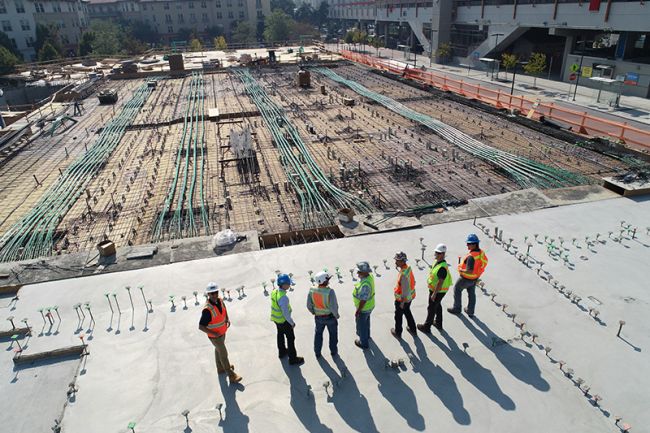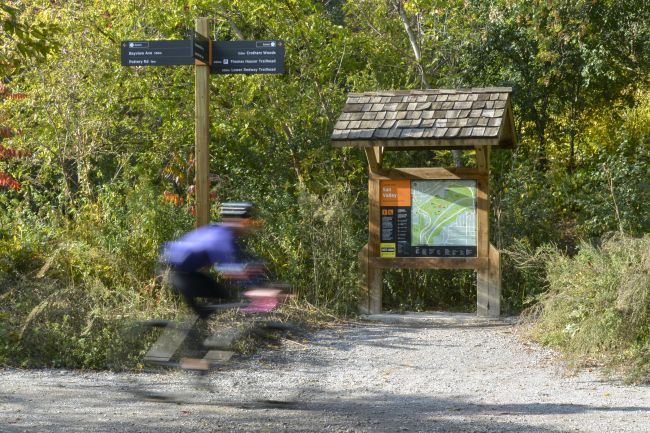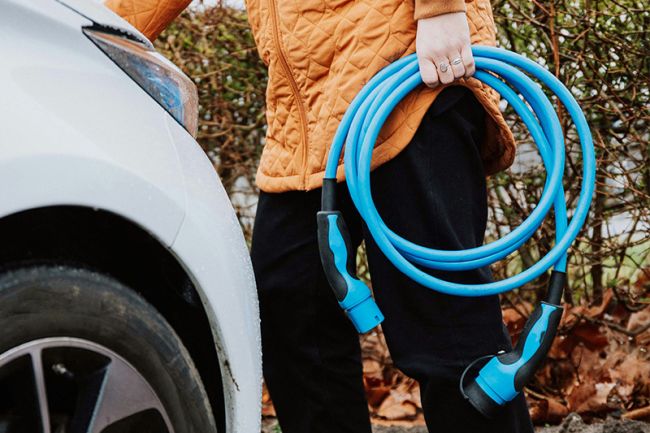Ensuring a sustainable travel website leaves a legacy
There is a lot of talk about the ‘legacy’ of Local Sustainable Transport Fund projects.

There is a lot of talk about the ‘legacy’ of Local Sustainable Transport Fund projects and ensuring the interventions that will have taken place over the funding period continue to have a lasting impact. This is also true of any web presence that an LSTF project might have.
A number of presentations at the Mainstreaming Smarter Travel conference, held in Manchester earlier this month, touched on the importance of ensuring websites are optimised for mobile devices. This can be achieved through use of responsive design principles, made possible through use of HTML5 and CSS3, to deliver a seamless experience no matter what the device. As mobile devices continue to make up an increasing proportion of web usage, from a legacy perspective, this is clearly an important element of any web initiative. However, something equally, if not, more important than mobile compatibility is content.
Time and money has been spent on a well-designed, responsive website, promoting your LSTF project, but what happens beyond 2015/16? What is the site offering that will encourage return visits? How often is content being updated and is it relevant and useful to the user? These are all important considerations and below are a couple of suggestions about how to address them.
One option would be to audit transport information provision on the main Council website and see what content could be moved across to the LSTF website. This will ensure that there is no content replication and offer more useful information to visitors to the LSTF site. Crucially it will make the information far easier to locate, as Council websites have a tendency to be difficult to navigate.
As well as incorporating useful static information, interactive content such as real time departure boards for bus and rail services as well as roadwork and disruption information can add significant value. This is particularly true for mobile users who might want to check for any potential problems en route.
It’s also worth looking at what datasets are currently being maintained across the Council and whether there would be any value in making them publically available. For example, would an interactive map showing winter gritting routes be of benefit to local residents?
To help push the sustainable travel choices promoted as part of the LSTF project, consider the value of integrating a multi-modal journey planner. This will allow users to see what options are available for any journey in the local area including, public transport, walking, cycling and even car sharing. They will be able to compare calories burnt, how much carbon us used and overall costs to enable them to make a more informed choice about their journey.
Once you have content sorted, you consider marketing. You may have the best transport information site in the country, but unless you actively tell people about, it’s unlikely people are going to actually use it. There are a number of different ways this can be approached, but it’s important that you don’t underestimate the power of social media. Having an effective social media strategy can really help drive traffic to the site. Make sure you have something interesting or useful to ‘tweet’ every day, to give people a reason to follow your account. Make sure you are following other relevant accounts so that their tweets appear on your timeline and don’t be afraid to ‘retweet’.
This isn’t an exhaustive list, but by considering some of the options outlined above you can go some way in ensuring that users have a reason to return to your website beyond 2015/16. Have a look at Dundee Travel Info or Travel West websites, both designed by Steer Davies Gleave, for some examples of best practice.






















